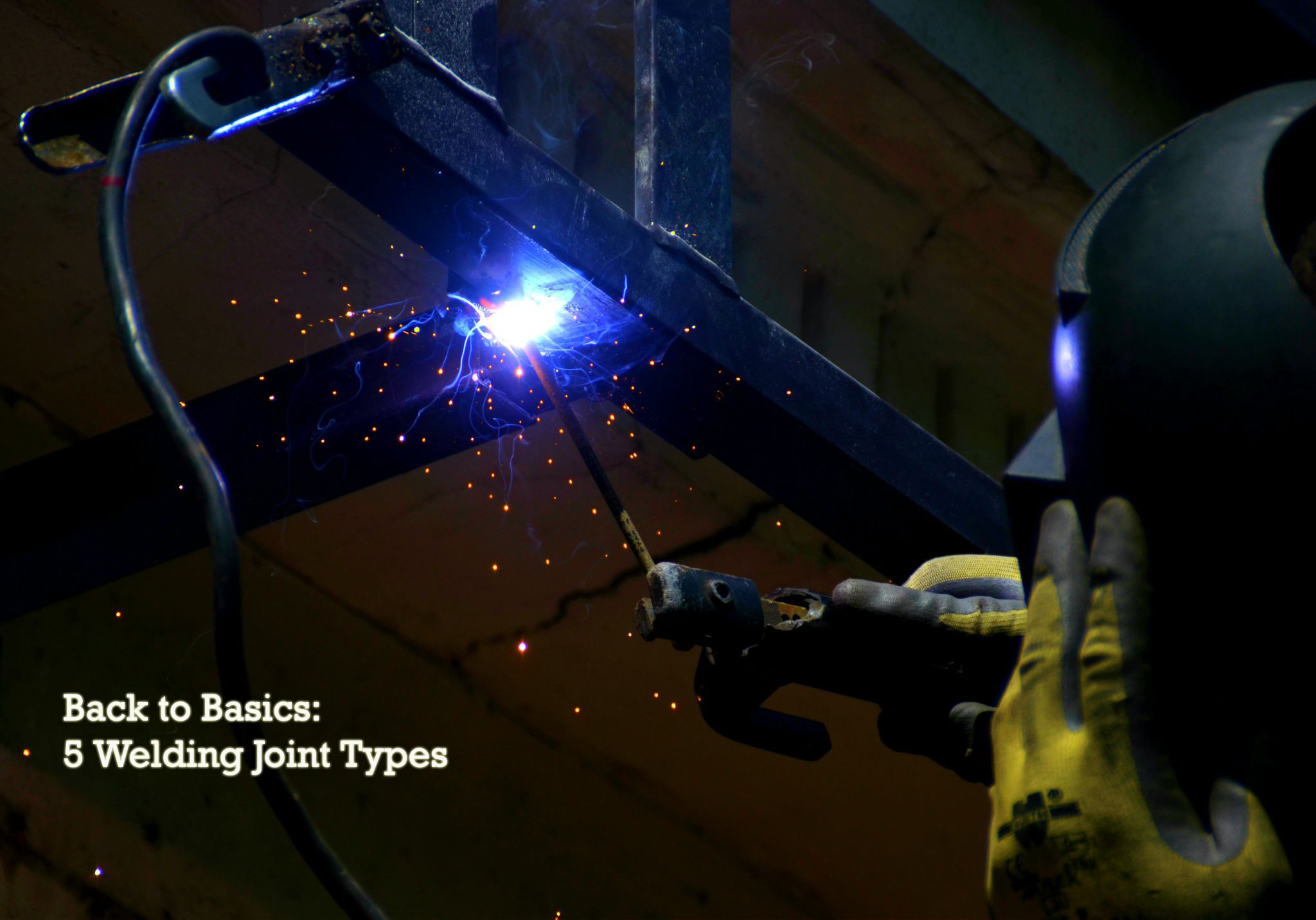
While our previous blogs looked into troubleshooting problems, let us now look at five common types of welding joints. Butt joints, lap joints, corner joints, T joints, and edge joints.
What Is A Welding Joint?
A welding joint is where two metal or plastic pieces meet and are joined. Joints are essential across many applications and work with a range of materials. Different joint types result in different weld strengths—some create stronger connections than others.
Butt Joints
Created by slot, plug, bevel-groove, spot, j-groove, and flare-bevel-groove welds, butt joints occur when two pieces:
- are positioned in the same plane
or
- side by side in a parallel fashion
Basically, they are joined with their edges meet. Butt joints are used for flanges, fittings, valves, and other equipment and applications. Commonly known as a square groove weld, butt joints are the easiest, most affordable, and most common welding joint.
Lap Joints
A lap joint is formed when two pieces are placed in an overlapping pattern on top of each other. Lap welding joints are used most often to join material with differing thicknesses together. Also considered a fillet type, the weld can be made on one or both sides. Its applications can include: gas tungsten arc welding, metal arc welding, and resistance sort welding. When it comes to materials, lap joints can be used in wood, tabling, cabinet making, and temporary framing, among other types of applications and materials.
Corner Joints
This type of joint involves two pieces that are fused at a 90-degree angle using a welding style that could include a spot weld, fillet weld, corner flange weld, J-groove, or other welding style. As one of the most popular, and common, joints around, a corner joint is specifically used on the outer edge of a metal piece and it joins at a right angle right between two parts. It then forms an ‘L’ shape. Lastly, corner joints can be applied on sheet metal, box designs and frames, light sheets, heavier, thicker metal sheets, as well as other materials.
T Joints
A T-joint forms when two metal pieces meet at a 90-degree angle. One piece joins the center of the other. This creates a clear ‘T’ shape. Weld types used include fillet, plug, J-groove, melt-through, flare-bevel-groove, and slot welds. You can also form a T-joint by welding a pipe onto a baseplate. Always ensure full penetration into the weld root for strength.
Lap joints join overlapping pieces along their edges. Use them in thin plates, structural parts, machines, or baseplate connections.
Edge Joints
Edge joints form when two flat metal edges are welded together. Common weld types include bevel-groove, U-groove, edge-flare, V-groove, square-groove, and butt welds. Use edge joints on flanged sheet metal or to connect adjacent parts. Place the pieces side by side and weld along one shared edge. Add filler metal for thicker materials to ensure full fusion and added strength
For more tips, information, and welding advice, MuggyWeld can help you with all things welding.
